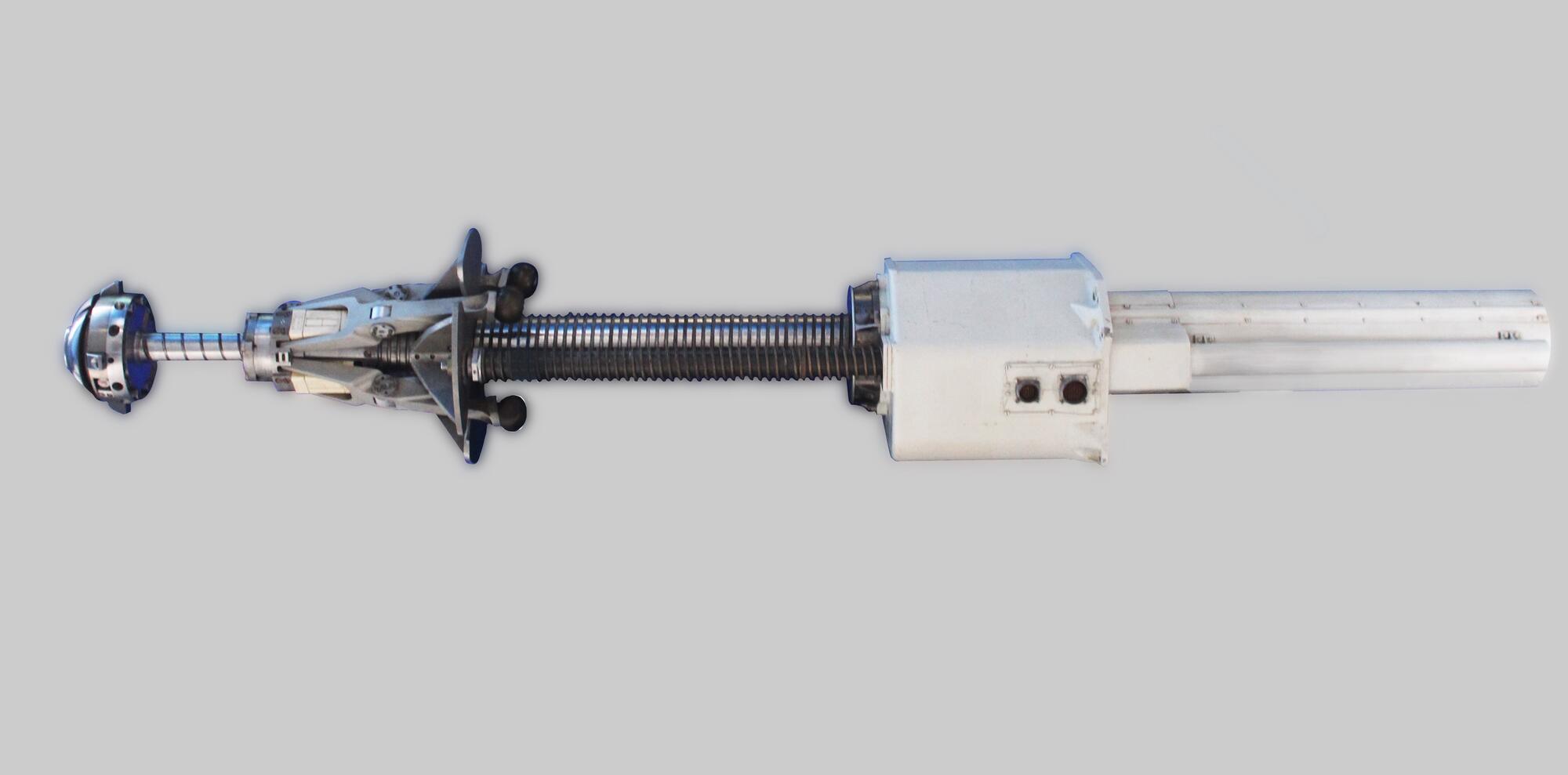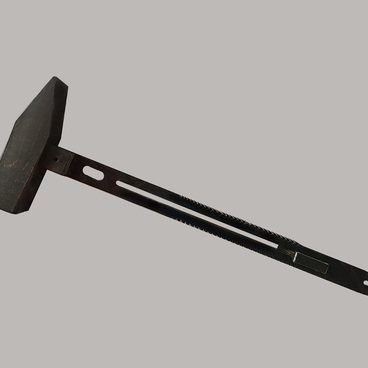Docking is the method and process of temporary connection of spacecraft between each other with the help of a special mechanism, which allows them to further disconnect from each other and continue the flight separately. During docking, the ships are connected so tightly that the flight of one of them can be controlled by the other.
The docking mechanism connects the electrical circuits and hydraulic systems of the apparatus. Its design often includes a hatch for the passage of astronauts from one ship to another.
Docking takes place in several stages. To prepare for it, the spacecraft engage in a far rendezvous, then a close one, and then dock to each other. At this point, the actual docking begins. The special protruding elements of the docking mechanisms shall be coupled to each other. The electric drive then begins to tighten the machines until their joints meet. At the same time, the ships are aligned along three axes with the aid of a profiled groove on the receiver housing and levelling levers. The crew then checks the sealing of the docking, and if the docking is successful, the astronauts open the hatch and can transfer from the spacecraft to the apparatus.
The problem of docking was faced by the shipbuilders at the dawn of the space age. The first technically feasible docking proposals were developed in 1962, in August of which the first group flight of manned vehicles took place. The docking mechanisms were zealously being developed for the lunar programme: astronauts were expected to land on the surface of the Earth satellite using a docked lunar landing module.
The first fully automatic docking in the world was carried out on October 30, 1967 by spacecraft ‘Kosmos-186’ and ‘Kosmos-188’. The museum exhibits a mechanism of the type that allowed these ships to connect.
With the help of this technology two manned ships ‘Soyuz-4’ and ‘Soyuz-5’ were docked for the first time in the world in January 1969. To get from one ship to another, the crew had to go into outer space.
The docking mechanism connects the electrical circuits and hydraulic systems of the apparatus. Its design often includes a hatch for the passage of astronauts from one ship to another.
Docking takes place in several stages. To prepare for it, the spacecraft engage in a far rendezvous, then a close one, and then dock to each other. At this point, the actual docking begins. The special protruding elements of the docking mechanisms shall be coupled to each other. The electric drive then begins to tighten the machines until their joints meet. At the same time, the ships are aligned along three axes with the aid of a profiled groove on the receiver housing and levelling levers. The crew then checks the sealing of the docking, and if the docking is successful, the astronauts open the hatch and can transfer from the spacecraft to the apparatus.
The problem of docking was faced by the shipbuilders at the dawn of the space age. The first technically feasible docking proposals were developed in 1962, in August of which the first group flight of manned vehicles took place. The docking mechanisms were zealously being developed for the lunar programme: astronauts were expected to land on the surface of the Earth satellite using a docked lunar landing module.
The first fully automatic docking in the world was carried out on October 30, 1967 by spacecraft ‘Kosmos-186’ and ‘Kosmos-188’. The museum exhibits a mechanism of the type that allowed these ships to connect.
With the help of this technology two manned ships ‘Soyuz-4’ and ‘Soyuz-5’ were docked for the first time in the world in January 1969. To get from one ship to another, the crew had to go into outer space.



